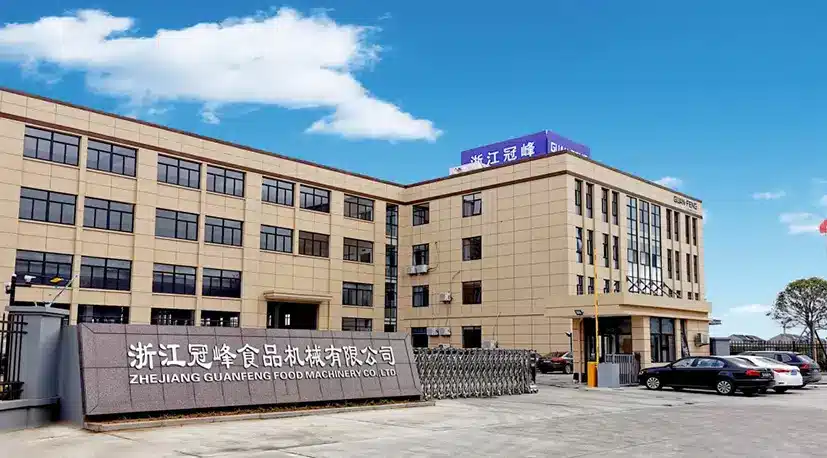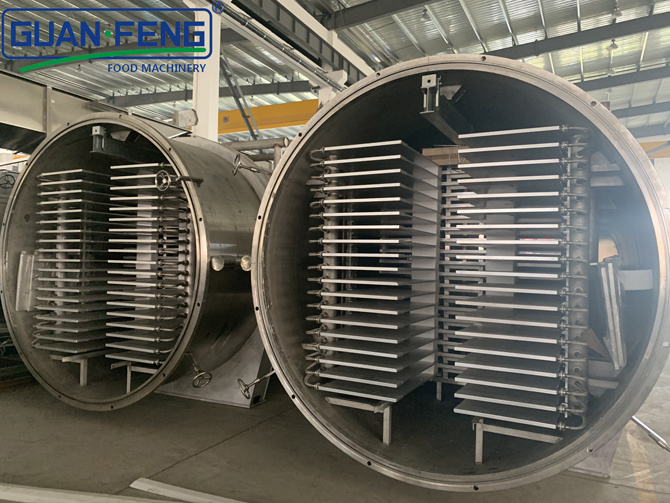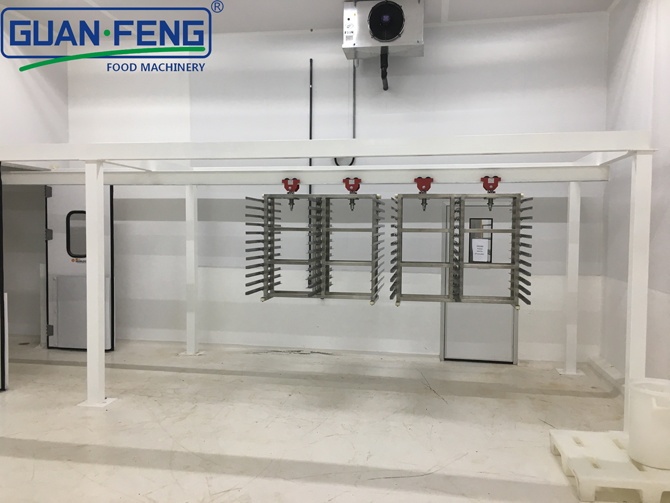BLOG
Focus on hot topics, real-time dynamics
Principle of vacuum freeze-drying
1. Definition and advantages of vacuum freeze-drying
The product is completely frozen and the ice crystals are sublimated under certain vacuum conditions, thus achieving the purpose of low-temperature dehydration. This process is called freeze-drying
The freeze-dried solid material exhibits a porous structure due to the sublimation of tiny ice crystals and maintains its original frozen volume. Upon addition of water, it easily dissolves and reverts to its original state. During the sublimation process, the temperature of the product is maintained at a relatively low level (generally below -250℃). Therefore, it is particularly suitable for drying substances that are sensitive to heat, such as enzymes, hormones, nucleic acids, blood, and immune products. The drying process removes more than 95-99% of the water content, which is beneficial for long-term preservation of the product. The drying process is carried out under vacuum conditions, making it less prone to oxidation. Given the chemical, physical, and biological instability of some biochemical drugs, freeze-drying has proven to be an effective method. With the rapid development of biochemical drugs and biologics, freeze-drying technology will increasingly demonstrate its importance and superiority.
II. Introduction to the Structure and Function of Medical Freeze Dryers
The medical freeze dryer consists of a refrigeration system, a vacuum system, a heating system, and an electrical instrument control system. The main components include a drying chamber, a condenser, a refrigeration unit, a vacuum pump, and heating/cooling devices.
The freeze-drying of products is carried out in a drying oven. The shelves inside the drying oven are made of stainless steel plates, with media conduits distributed throughout them, allowing for cooling or heating of the products. The back of the drying oven is equipped with a vacuum sensor, which converts the vacuum level into an electrical signal. The door of the oven is surrounded by sealing rubber rings, which can be coated with vacuum grease before use to ensure the sealing of the oven body.
The condenser is preferably of the wound cylindrical type, with multiple sets of cold air coils wound around the stainless steel cylinder. Its operating temperature is lower than that of the products inside the drying oven, reaching as low as -550℃. The water vapor sublimated from the products can fully condense on the inner surface of the stainless steel cylinder in contact with the cold coils, ensuring the smooth progress of the freeze-drying process. The greatest advantage of the smooth cylindrical structure is its ease of cleaning. After freeze-drying is complete, the frost layer can be removed using electric heat.
The rotary vane vacuum pump is used to evacuate the system. An electromagnetic vacuum valve with automatic air release is installed at the inlet of the mechanical pump, which is controlled by the same power supply as the rotary vane pump. When the pump is stopped, the electromagnetic valve automatically closes and releases air into the vacuum pump, protecting the vacuum system and preventing oil from returning from the vacuum pump to the system.
In the refrigeration system, two 2.2Kw semi-hermetic refrigerators are used in parallel. The high-pressure refrigerant liquid (non-fluorinated refrigerant V55℃) from the air-cooled condenser passes through a dry filter and a solenoid valve to reach the capillary tube, and then enters the evaporator after throttling. Due to the suction effect of the refrigerator, the pressure inside the evaporator decreases, and the liquid refrigerant absorbs heat from the environment and rapidly boils and evaporates. The low-pressure refrigerant gas is drawn back by the refrigeration system and then compressed into high-pressure gas, completing a refrigeration cycle. The cold coils in the heating/cooling device, as well as the cold coils and the cold air coils in the condenser, are used for evaporation in the refrigeration system. They are supplied with refrigerant through two different solenoid valves.
The heating system consists of an electric heating tube, medium (silicone oil), medium pump, medium tank, etc., forming a circulating pipeline. After being heated by the electric heating tube, the silicone oil is transported by the medium pump to the medium conduit on the shelf of the drying oven to heat the products and provide sublimation heat. When freezing, the silicone oil is cooled by the cooling coil and transported by the medium pump to the medium conduit in the center of the shelf of the drying oven to cool and freeze the products.
The electrical instrument control system is designed as a mechatronic system, controlled by a dedicated industrial control motor. All shelf temperatures, medium temperatures, and product temperatures can be displayed on a centralized display. For specific adjustment and control, please refer to the system manual.
Hot Tags:
PREVIOUS:
Contact Us
E-mail:
sales@syguanfeng.com
Tel:
+86 15088506234
Address:
South Industrial Park of Dongguan, Shangyu District, Shaoxing City,Zhejiang Province,China.
GUANFENG, your customization experts!
GUANFENG FOOD MACHINERY - leading supplier of integrated food processing solutions
Copyright© 2024 ZHEJIANG GUANFENG FOOD MACHINERY CO.,LTD.










